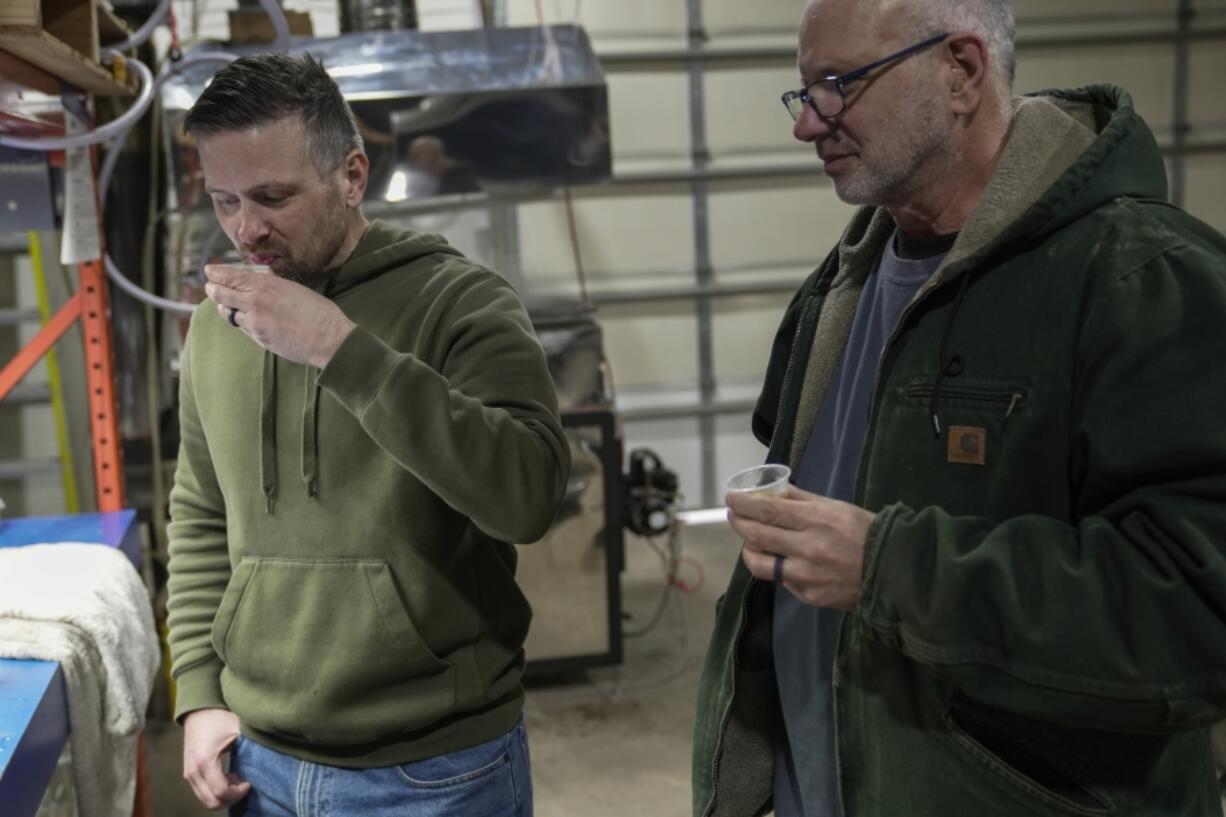EVANSTON, Ill. (AP) — Big Mama has seen a lot of students passing by in her 120 years. So have Little Mama, Big Bertha, Persephone, Doug and Grant — just some of the many sugar maple trees on Northwestern University’s campus that have provided not only sap, but also data to students doing a course on maple syrup and climate change.
It’s a class that the students, who come from majors ranging from environmental policy and journalism to civil engineering, say provides hands-on experience in data collection and a front-row seat to witness climate change. It’s also a highly sought-after course and one that students say more programs should emulate with its incorporation of Indigenous knowledge. Many current and former students are passionate about the environment and are keen on learning more about environmental justice and Native perspectives.
But less than one percent of Northwestern’s benefits-eligible staff in the 2020 and 2021 academic years identified as American Indian or Alaska Native — a statistic that follows a nationwide trend, which, as of fall of 2021, indicated that the same group made up less than one-half of one percent of college faculty in the U.S., according to the National Center for Education Statistics. Northwestern says it’s actively working to enhance its Native and Indigenous presence on campus, including through faculty recruitment, and is proud of the quality of its Indigenous faculty.
The maple course instructor, Eli Suzukovich III, is of the Little Shell Tribe of Chippewa/Cree and first came to the idea of tapping urban trees in 2012, when he was working for the American Indian Center in Chicago. He says he and his colleagues realized it was a good outdoor activity for winter and early spring, and built a curriculum around the practice. “It was largely for Native kids, as a way to think about climate change and environment from a Native perspective, but also thinking about Native traditions,” he said.



